Conducted by the Business and Industry Association, the Center for Ethics in Society, and the Saint Anselm College Survey Center.
New Hampshire Business Leaders Express Optimism Amid Concerns Over Housing, Workforce, and Rising Costs
Business leaders across New Hampshire remain optimistic about their companies' growth over the next year, despite pressing concerns about housing affordability, workforce shortages, and rising costs in key sectors. These insights come from a recent survey conducted by the Business & Industry Association of New Hampshire (BIA) in collaboration with the Center for Ethics in Society at Saint Anselm College.
According to the survey, over 90% of respondents expect their businesses to either grow or remain stable within the next 12 months. Notably, 59% of companies plan to hire additional employees, while only 3% anticipate downsizing their workforce during the same period.
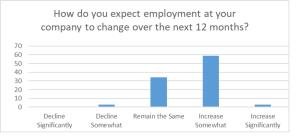
Housing Affordability: A Critical Challenge
Despite the overall optimism, the survey highlights a widespread concern about the critical shortage of affordable housing, which 86% of business leaders identified as the most urgent policy issue facing New Hampshire. Many expressed worries that the lack of affordable options is hindering workforce growth and, consequently, their business operations.
When asked about contributing factors and potential solutions to the housing crisis, 80% of respondents cited restrictive local zoning regulations as a significant barrier. Nearly 77% supported the idea of implementing state-level limits on local zoning to foster housing development, while more than two-thirds emphasized the importance of state investment in municipal infrastructure to support new housing initiatives.
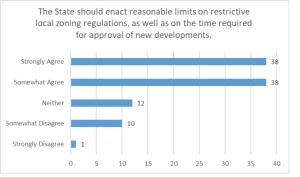
Workforce Availability: A Major Barrier to Growth
Workforce shortages emerged as the second most critical issue for businesses in the state. Nearly 75% of business leaders reported that the lack of qualified workers is preventing their companies from expanding. In response to this challenge, almost 90% of respondents advocated for aligning the state’s educational system more closely with the needs of employers. Additionally, around 80% suggested that expanding legal immigration could help alleviate workforce shortages.
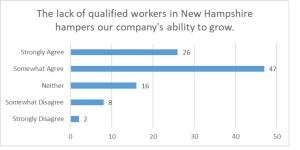
Embracing Artificial Intelligence
New Hampshire’s business community appears ready to embrace artificial intelligence (AI) as a tool for future growth. Over 60% of those surveyed expect AI to play an important role in their operations within the next five years, and 44% stated that they are already incorporating AI into their business processes.

Rising Costs: Healthcare, Wages, and Energy
Cost concerns, particularly in healthcare, wages, and energy, were also top of mind for business leaders. A vast majority — 88%— anticipate higher healthcare expenses, while 81% expect salary and wage increases. Additionally, 68% foresee rising energy costs. However, only 21% of respondents expect an increase in the cost of financing and borrowing, reflecting recent signals from the Federal Reserve.
Reflecting these concerns, 55% of respondents agreed that the state “isn’t doing enough to control rising healthcare costs,” with only 6% disagreeing, and 79% agreed that the state “should encourage new energy generation sources,” with only 2% disagreeing.
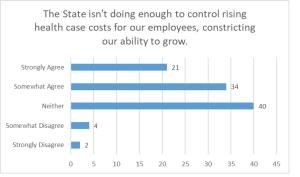
Broader Concerns: Cybersecurity, Instability, and Childcare
In addition to economic concerns, the survey revealed apprehension around cybersecurity, with 53% of respondents reporting they are "very concerned" about the issue and 94% expressing overall concern. Political and social instability (50% very concerned, 93% concerned) and economic uncertainty (34% very concerned, 94% concerned) were also frequently cited.
Furthermore, 68% of business leaders acknowledged that a shortage of childcare options is making it difficult to attract and retain employees, adding another layer of complexity to workforce challenges.
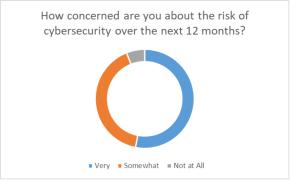
Business Climate in New Hampshire: Favorable, but Room for Improvement
When asked about the ease of doing business in the state, responses were mixed but generally positive. Only 29% of respondents agreed that it is difficult to do business with state and local governments, while 46% disagreed, signaling a general appreciation for the transparency and accessibility of government officials.
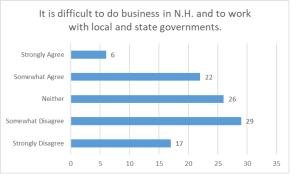
Survey Methodology
The survey was conducted by the Saint Anselm College Survey Center over a four-week period from August 12 to September 9, 2024. A total of 126 business leaders representing a broad range of industries, regions, and company sizes participated, including both large enterprises (over 500 employees and $100 million in revenue) and small businesses (fewer than 11 employees and less than $1 million in revenue). Business leaders were defined as “individuals authorized to answer questions on behalf of the company” and were recruited from the Business & Industry Association database.
